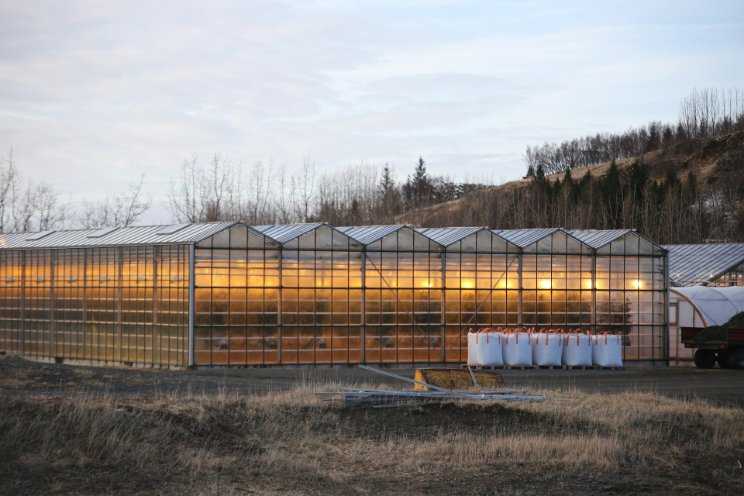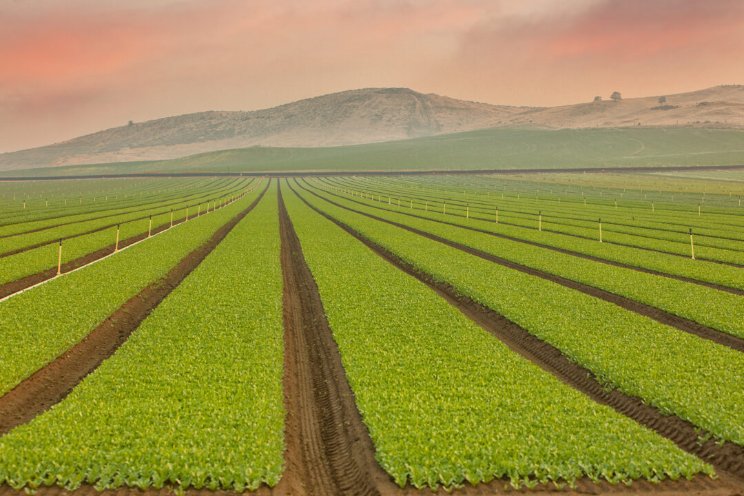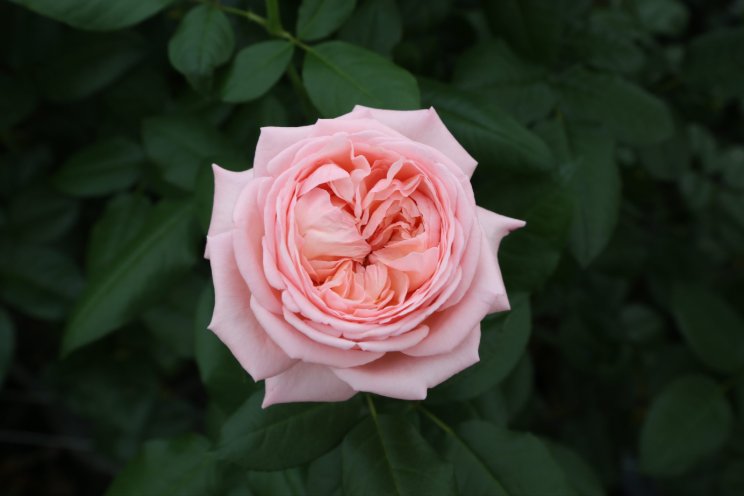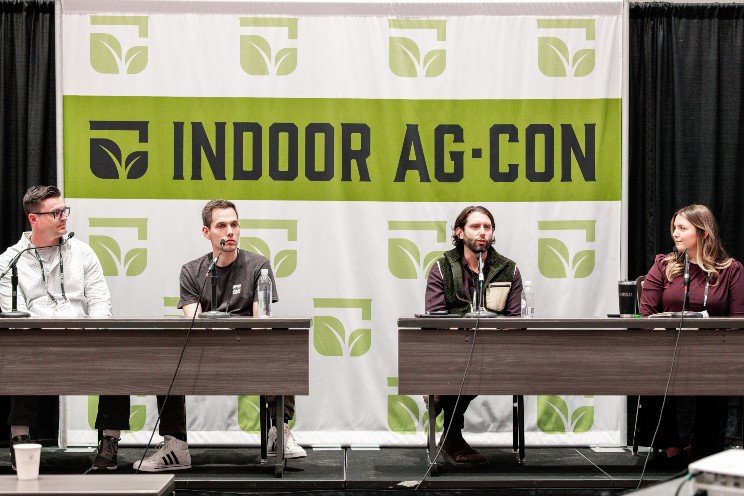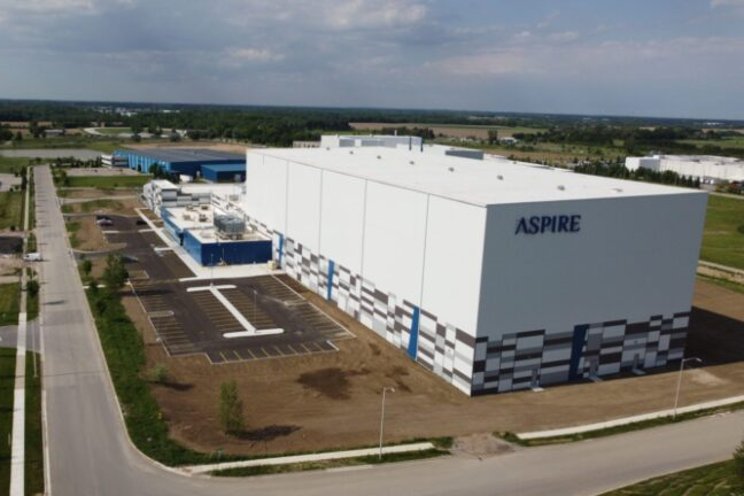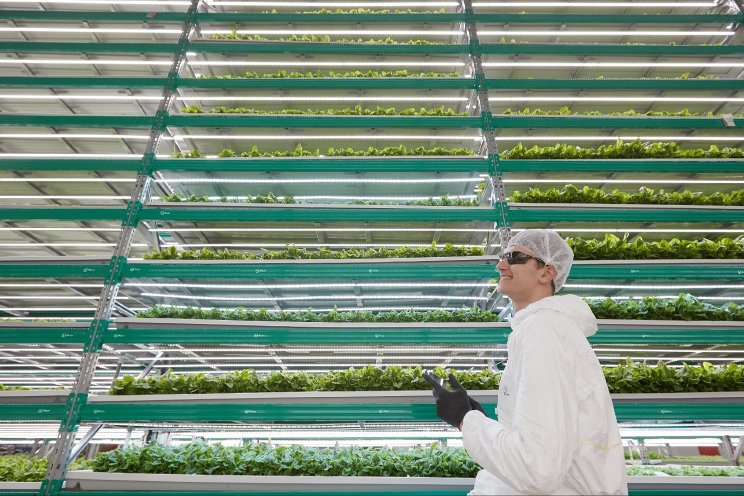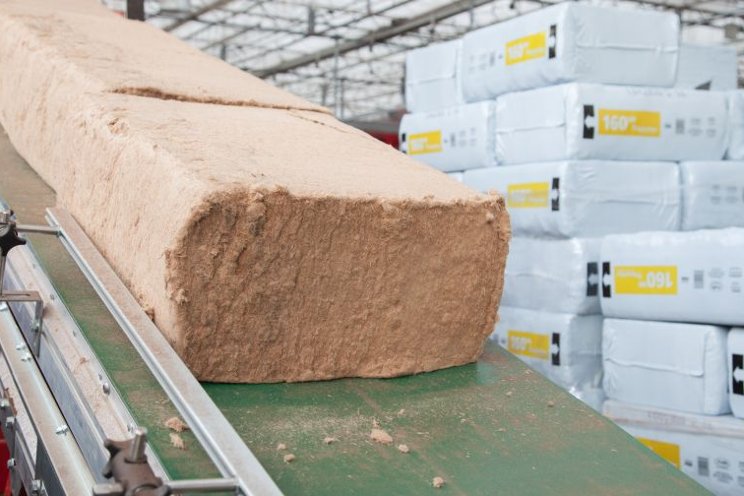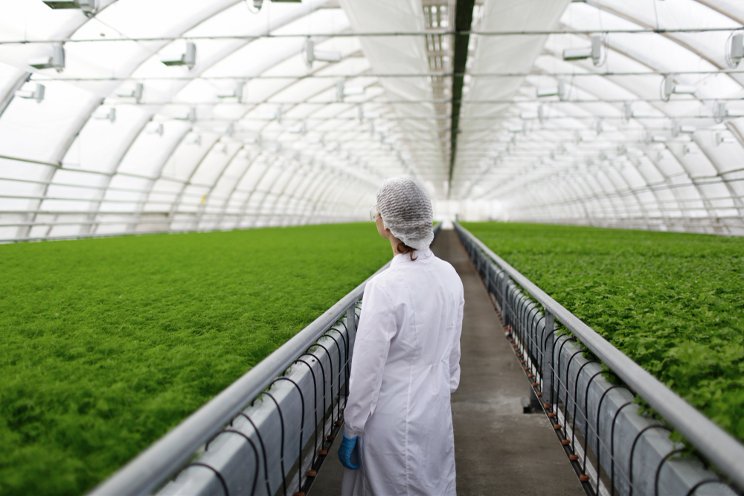Steaming and cooling is important in freesia cultivation
Added on 16 May 2022
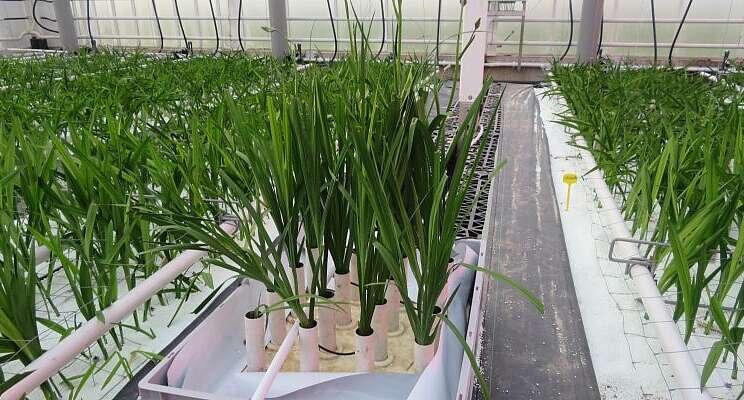
Freesia cultivation currently uses 14 m3 of gas per square meter for heating the greenhouse and the soil, and 8 m3 for steaming the soil. In the project 'Freesia: guiding visions of the future', WUR is looking for ways to reduce this consumption. Research in the Demo Greenhouse 2030 shows that it is indeed possible to heat a greenhouse fossil-free, partly by using heat from LED lighting.
In addition, other cultivation systems are a possibility, such as growing in pots, water troughs or sand beds. In these cases, cooling the soil is still a challenge. For the production of the flowers, the corms needs a soil temperature of approximately 16°C for a short period and cooling in the summer takes a lot of energy. This issue coincides with another challenge: using less fossil fuels during steaming.
WUR is investigating which future cultivation systems are a good solution for this. The aim is that cultivation takes place without the use of chemical crop protection agents and fossil fuels, that there are no emissions of nutrients into the environment and that the production is high and of good quality. Growing in pots seems to be a good option. In that case, the corms are planted in a minimal amount of substrate (for example 20 liters per square metre). This is done in a potting room. Then the plants go to a rooting room and then to the cultivation rooms. If necessary, the substrate is steamed after cultivation: this costs less than 25% compared to the current use of gas during steaming. For this alternative cultivation method, WUR is investigating various cultivation strategies, such as traditional or short, fast cultivation with a single harvest of the main stem.
Photo Courtesy of Wageningen University & Research
Source: Wageningen University & Research
More news


